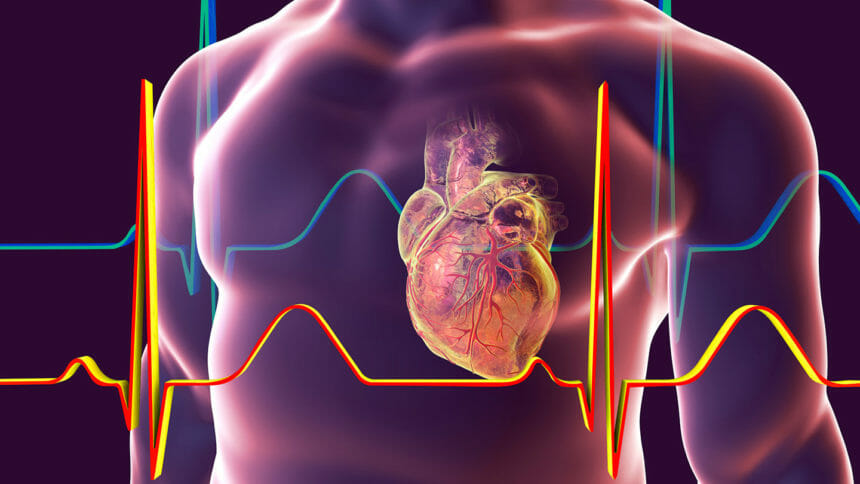A new leadless dual-chamber pacemaker for patients with heart issues could be available later this year, according to new research published last week and funded by Abbott Medical.
On Friday, Abbott announced data from clinical trials of the AVEIR dual-chamber (DR) i2i Investigational Device Exemption (IDE) study, a large-scale study to assess the world’s first dual-chamber leadless pacemaker. The company presented its findings of clinical trials at the Heart Rhythm Society’s (HRS) 44th annual meeting in New Orleans, which was simultaneously published in The New England Journal of Medicine.
The U.S. Food and Drug Administration has provided the new data as part of Abbott’s submission for approval of the device. An international team of researchers led by Amsterdam University Medical Centers worked with Abbott to develop the mini pacemaker. Amsterdam UMC researchers conducted a multicenter study to evaluate the safety and performance of the dual-chamber leadless pacemaker system.
For the study, pacemakers were implanted in 300 people across 55 centers in the U.S., Canada and Europe and the patients were monitored for a minimum of three months. The results of clinical trials found the treatment to be safe and the system worked well.
“The dual-chamber leadless pacemaker system met the primary safety end point and provided atrial pacing and reliable atrioventricular synchrony for 3 months after implantation,” authors wrote in their study.
Reinoud E. Knops, MD, PhD, professor of medicine, Amsterdam University Medical Center, Netherlands, and co-principal investigator of study, said in a news release that most people who need a pacemaker require a dual-chamber pacemaker and would greatly benefit from a leadless device but that option was not previously available due to engineering challenges.
Up until now, a wireless pacemaker could only be placed in one chamber of the heart, the ventricle, which is only suitable for a small percentage of patients with a slow or irregular heartbeat, according to the researchers. The dual-chamber leadless pacemaker system, which consists of two devices, one in the right atrium and one in the right ventricle, would make leadless pacemaker therapy a treatment option for a wider number of heart patients.
“The vast majority of people needing a pacemaker require a dual-chamber pacemaker and would greatly benefit from a leadless device — but we’ve simply never had that option due to engineering challenges,” said Knops in an Abbott news release. “Data from the AVEIR DR i2i study show that Abbott has designed a groundbreaking technology for seamless communication between two leadless pacemakers, and that AVEIR DR can deliver appropriate therapy safely, opening up a future treatment option for more people with abnormal heart rhythms.”
Abbott is hoping for FDA approval of the device in the U.S in the third quarter of 2023 and in Europe in 2024.





